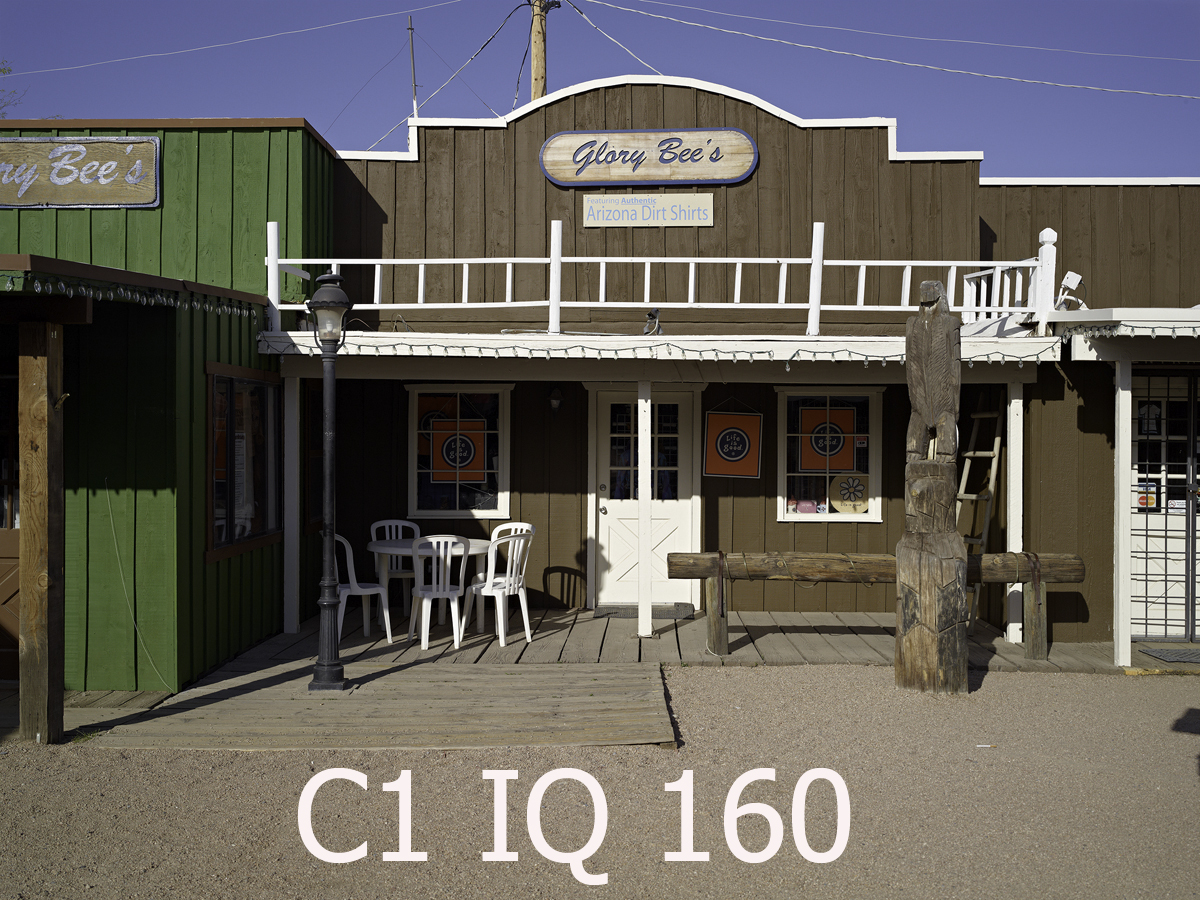Jack, can you summarise some of those advantages you speak of. From someone who is in the process of getting into MF for professional work, it would be great to get your thoughts. From my relatively inexperienced viewpoint, I consider the biggest advantages to MF over D800 are:
- FAR higher sync speed with LF lenses
- Greater resolution - more noticeable on larger prints
- Tilt shift lenses
- Professional support, i.e. Phase One (my local rep is awesome)!
Thanks.
I'm not Jack but I posted a
partial list a few months ago on LL copied below.
- large and bright viewfinder***
- touch screen interface (some bodies); hard to find a system you can check 100% focus on faster on a specific part of the image than an IQ or Credo
- tools like auto-horizon and auto-keystone which correct the level and pitch of the image in software based on the electronic levels in the back, making every horizon straight and every vertical parallel without manual tweaking
- Flash sync speed with standard strobes rather than dinky flashes (up to 1/1600th)
- More tactile lens response when manually focusing (large focus barrel, actual lens gearing*)
- aspect ratio (some prefer 4:3 or 1:1, especially for verticals)
- waist level viewfinder (some bodies)
- ability to shoot vertical without rotating camera (some backs)
- low ISO without ND filters (useful for dragging shutter in some styles)
- ability to shoot film with same system as digital (some bodies)
- ability to turn sensor on/off independent of the shutter/flash firing (allows to build up exposure with strobes without excessive ambient light, even in bright conditions e.g. interiors)
- ability to crop a vertical and horizontal from the same frame (even 36mp in 3:2 is not enough for many applications when cropped to a vertical)
- ability to use on specific legacy cameras (some folks just plain love Contax, Hassy 500)
- ability to use on speciality equipment like Aerial, industrial, art-repro systems (obviously a niche)
- ability to use on tech cameras
---- rise/fall/shift/swing/tilt on every lens (if IC allows)
---- fully mechanical/traditional shooting
---- absolute best glass, period
---- ground glass (some prefer it regardless of other options)
- compatibility with view cameras
---- close focus possible with many lenses, not just select macros
---- rise/fall/shift/swing/tilt on every lens, not just select TS lenses
---- ground glass (some prefer it regardless of other options)
- less frequent updates required (we still have many happy studio shooters using H25 backs users, don't know many happy Canon 1D shooters)**
- longer software support (original Phase One Lightphase from 1998 is still fully supported tethered in OSX 10.7 and Capture One 6, while the Canon 5D from 2006 isn't even officially supported tethered in LR4 or EOS Utility in OSX 10.7, nor 1Ds II in Windows 7 64 bit)
- consistent shooting speed; an IQ or Credo can maintain it's frame-rate indefinitely with a fast CF card, any Canon/Nikon can shoot much faster but unless you restrain yourself you can easily hit a buffer and the camera won't fire when you think it should. The IQ or Credo will be slower (around 1.2fps for the 40mp model) but it is reliably consistent - you know when you can shoot next and can develop a rhythm.
- larger bodies (for some this will be a big negative, but for others their hands are simply too large to comfortably use a camera like the D800, even with the optional vertical grip)
*As opposed to e.g. the Canon 85/1.2 with fly-by-wire focusing and a dinky focus barrel
**This is not just a question of cost since of course the 1D owner could have updated to a 1DsII and a 1DsIII and spent about the same; some photographers just dislike the hassle of switching cameras - new batteries, new chargers, new cables, new settings, new button locations, new software, new look (forcing them in some cases to expend time/energy getting the new camera to produce the look of the old camera). Some photographers love getting new gear, some despise it.
***I never understood why this isn't mentioned/discussed more often; you have to look through the viewfinder for nearly every frame you take - it's your portal to the world you are capturing.




